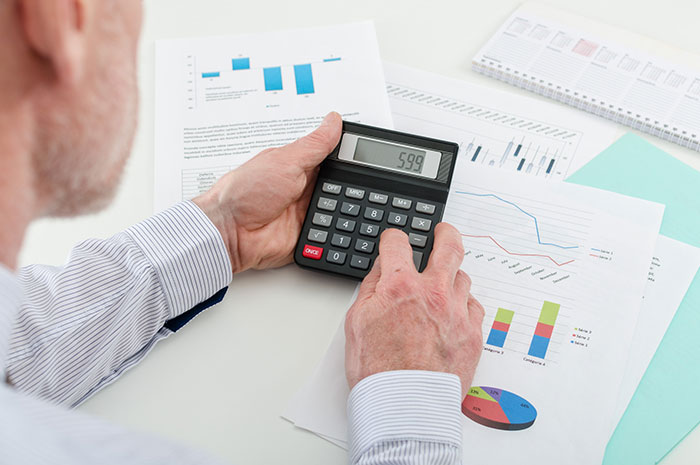
When considering the purchase of a business, one of the most common concerns is how to get a picture of the true value of the business. Of course, this is a huge consideration in a for-profit business, as the amount of the purchase price must give a good return for the buyer’s investment. To receive any information about a business, a prospective buyer must sign a confidentiality agreement, as all information must be kept strictly confidential, including the name and address of the business.
A common misconception is that the business can be compared to a similar business down the street. Unlike the purchase of real estate, a business that looks identical to the one next door can be worth considerably more or less.
In order to determine the true value of a business, financial records for the past three years must be analyzed. From the cash flow statement, adjustments are made for such expenses as interest, non-recurring expenses, depreciation, personal benefits and any expenses that are deemed unnecessary to the successful operation of the business. When these are added back, an adjusted cash flow is available from which to figure a fair selling price. From this point, several evaluation methods are used to figure the value.
Now if the above paragraph sounds complicated, it should. Business brokers study many hours to learn how to value a business, which makes it a no brainer to work with a business broker. When buying a business, the best move you can make is to choose a business broker with whom you are comfortable. That broker can help you and get information for you on any business listed so you don’t have to call a different broker for each listing. Most business brokers do not charge a buyer, as the seller pays the commission.
If you are looking though listings, they should show an adjusted cash flow for each of the previous three years. My advice is to move on past a listing that has no financial information, as it will be a waste of your time. Either the broker listed it before receiving financial information from the seller or there is no accurate financial information. Never buy a business without accurate financials.
If you become interested in a business, you will want to see the profit and loss statements, balance sheets, and income tax returns to prove the financial statements. You will also want to visit the business and interview management concerning its history, current financial condition, personnel, market position and business plan. Other factors to take into consideration are the condition of equipment, location, years in business, client list, eye appeal, leasehold interest, reputation and competitive situation.
The assets of a business consist of the inventory, furniture, fixtures, equipment and leasehold improvements. The inventory is the list of items to be sold to customers. The amount is usually the wholesale value, but it is important to verify this, making sure it is not the asking retail price. This is the item that can change the purchase price at closing, as value of the current inventory is used at closing. It is important to know if the amount of the listed fixed assets (furniture, fixtures and equipment) of the business is the current market value or the original purchase price, so you can adjust accordingly. The fixed assets depreciate, but you do not use the depreciated value. The current market value is the figure to use. Assets are figured into the equation, as the business requires the assets to generate the profit it is making. The leasehold improvements are additions to the property you cannot move when you leave. These add to the value of the business. If you are purchasing the building in addition to the business, the purchase price of the building will be added to the purchase price of the business.
If you decide on a business to purchase, the figures must work for you. You must have a good cash flow, be able to service your debt, and make a living wage.
Bottom line, the selling price of a business is when the buyer and seller agree on the amount the buyer is willing to pay and the seller is willing to take. That is the true value.
Now, with all of this information, there is also a quick estimate. A percentage can be used, such as 2 ½% of the adjusted cash flow. This varies with the type of business and also the size.
